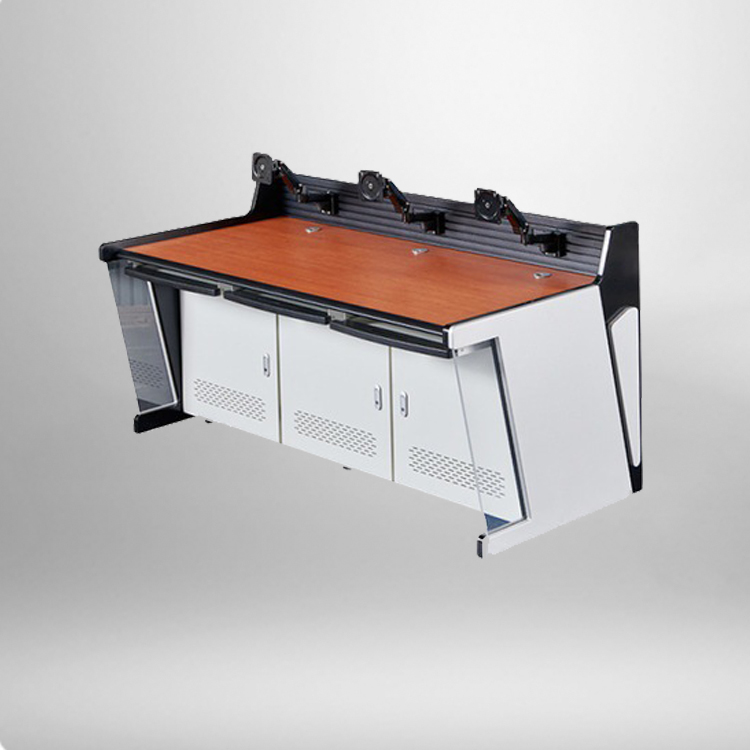
In today’s digital age, effective communication is vital for success in many aspects of life, including education, business, and entertainment. One of the most common ways to communicate ideas and information is through presentations. However, traditional presentations using static slides or verbal delivery alone may fail to engage and captivate the audience. This is where multimedia podiums come in, revolutionizing the way presentations are delivered and enhancing the overall experience.
Multimedia podiums transform presentations from being passive to interactive experiences. These advanced devices combine the functionality of a traditional podium with integrated technology such as touch screens, high-resolution displays, audio systems, and network connectivity. This allows presenters to incorporate various multimedia elements such as videos, images, animations, and interactive elements into their presentations. By providing a multi-sensory experience, multimedia podiums stimulate the audience’s visual and auditory senses, creating a more engaging and memorable presentation.
One of the key advantages of multimedia podiums is the ability to deliver information in a dynamic and visually appealing manner. Instead of relying solely on text-heavy slides, presenters can utilize multimedia elements to convey their message more effectively. For example, a presenter can use videos to demonstrate a product in action or display animations to explain complex concepts. This multimedia approach not only makes the presentation more interesting but also helps audience members better understand and retain the information being presented.
Another benefit of multimedia podiums is their interactivity. Unlike traditional presentations, where the audience is typically passive, multimedia podiums allow for active participation. With touch screens and interactive features, audience members can navigate through the presentation, choose which topics they want to explore further, and even participate in quizzes or polls in real-time. This level of interactivity not only enhances engagement but also allows presenters to gauge the audience’s understanding and adjust the presentation accordingly.
In addition to engaging the audience, multimedia podiums also offer practical advantages for presenters. With built-in audio systems, presenters no longer need to rely on external speakers or microphones, ensuring that their voice is heard clearly even in large venues. Moreover, multimedia podiums often come with built-in cameras, enabling presenters to record their presentations for future reference or online dissemination. This feature is particularly useful for distance learning or for sharing presentations with absent colleagues.
Furthermore, multimedia podiums are equipped with network connectivity, enabling seamless integration with various devices and platforms. Presenters can easily connect their laptops, smartphones, or tablets to the podium and display content from multiple sources. This flexibility allows for a wide range of presentation styles and enables presenters to adapt to different audience preferences or requirements. Additionally, multimedia podiums can be connected to the internet, providing access to online resources, real-time data, or collaborative tools, further enhancing the presentation experience.
Despite the numerous advantages of multimedia podiums, they are not without their limitations. The initial cost of acquiring and installing multimedia podiums may present a barrier, especially for smaller educational institutions or businesses with limited budgets. Additionally, presenters may require training or technical support to fully utilize the functionalities offered by multimedia podiums. However, considering the benefits and potential impact on communication and engagement, the long-term advantages of multimedia podiums may outweigh these initial challenges.


